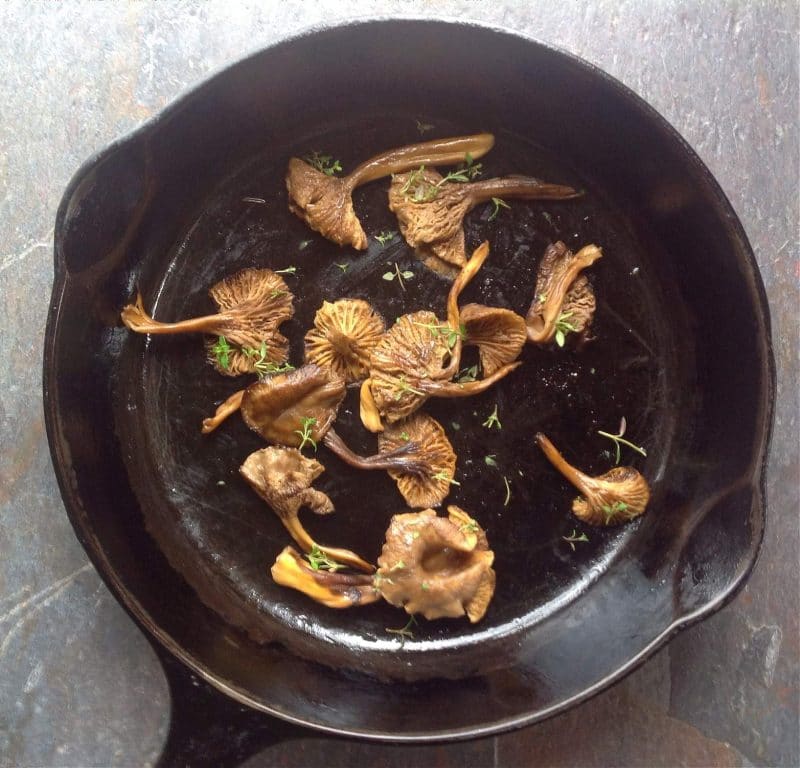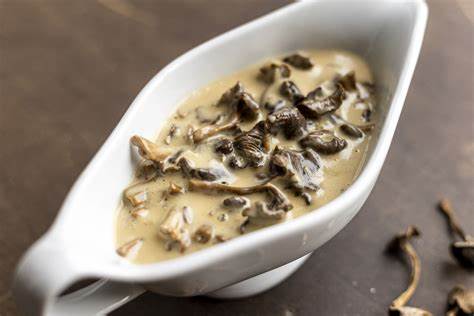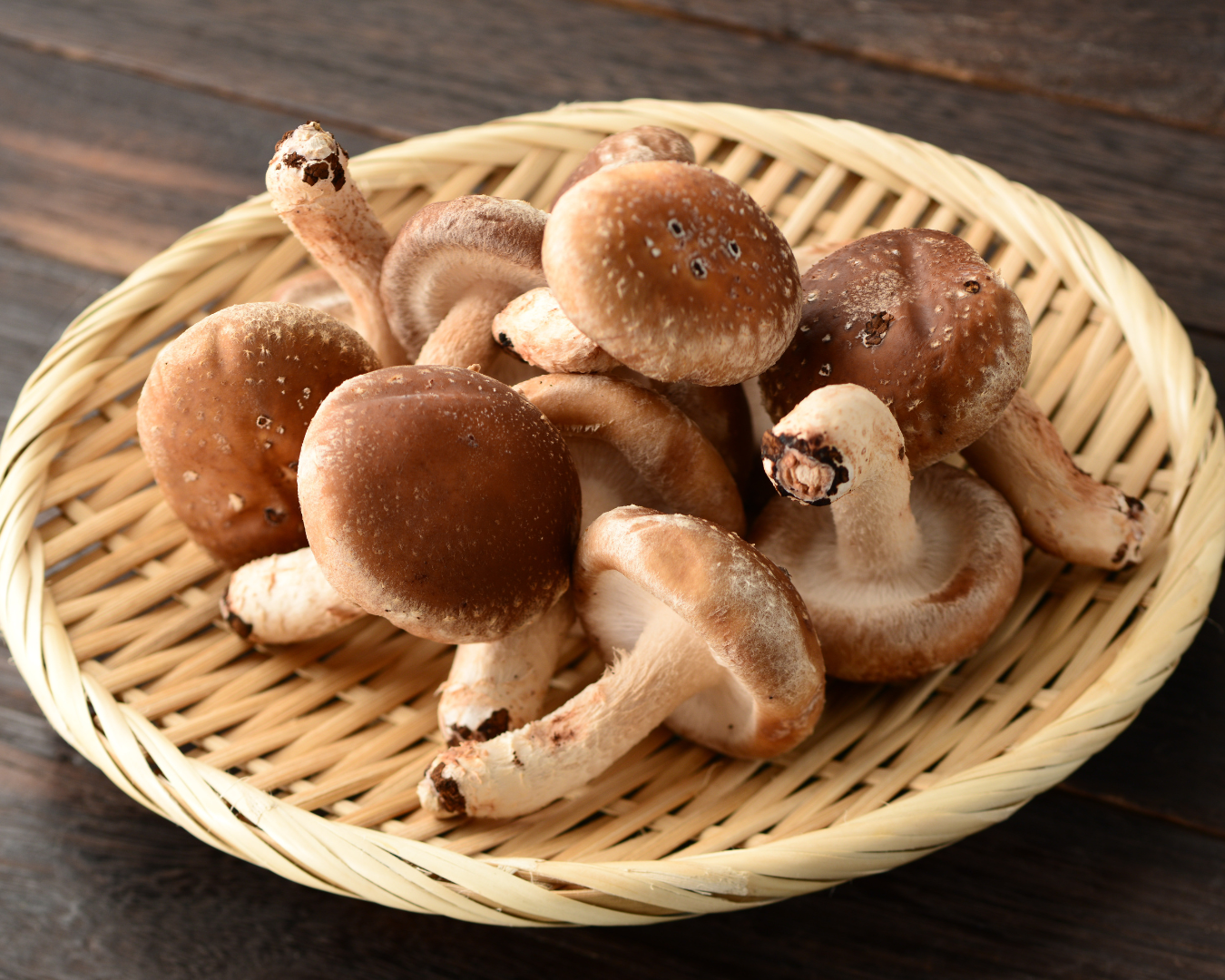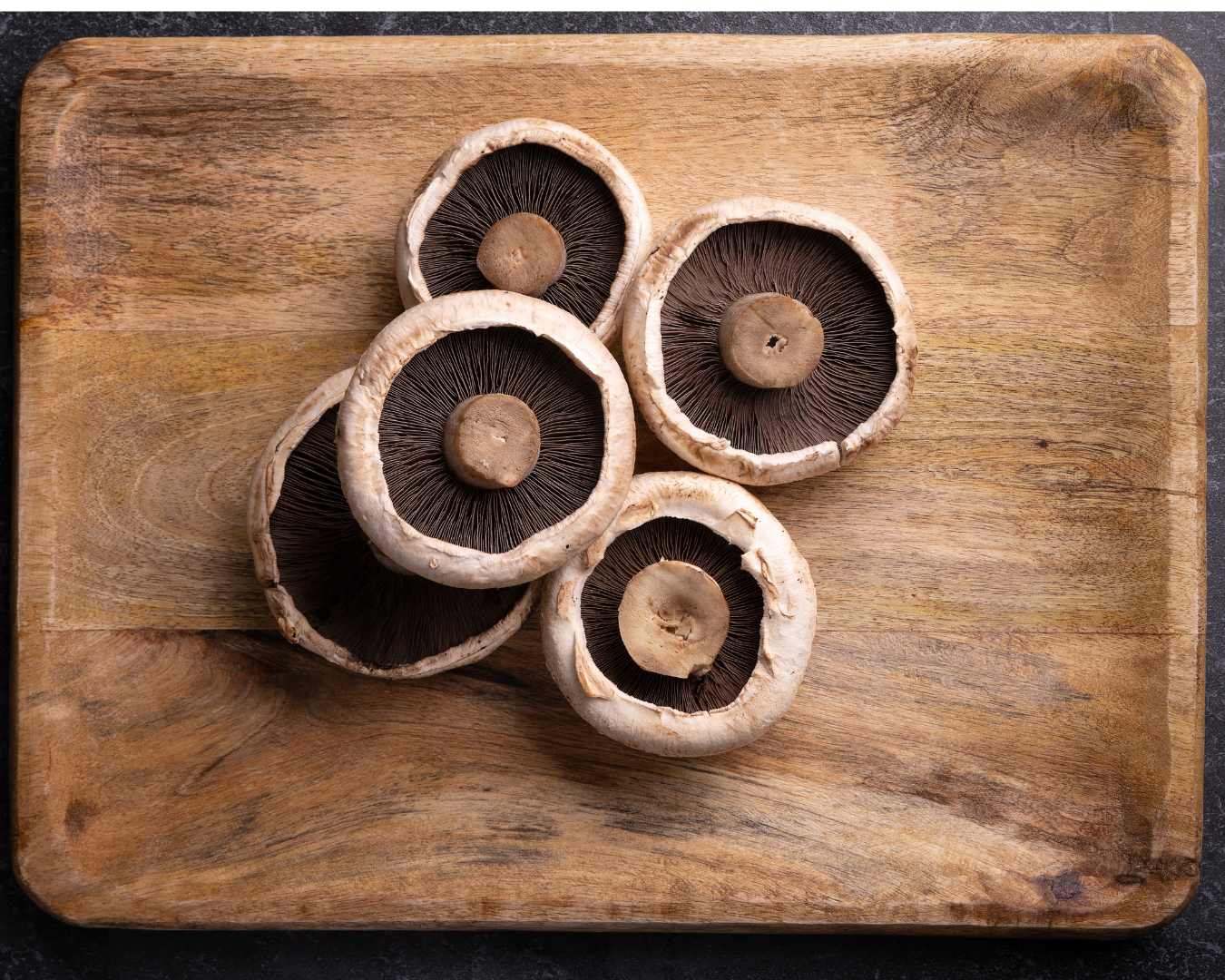Winter Chantrelle
£8.98 – £35.95
Winter Chanterelle Mushroom
Winter Chanterelle mushrooms, also known as Craterellus tubaeformis or “yellowfoot,” are a popular type of wild mushroom. They are highly prized by foragers and chefs alike for their unique flavour and versatile culinary uses.
Identification
Winter Chanterelles are distinguishable by their trumpet-shaped caps and thin, hollow stems. Here are some key identification features:
- Cap: The cap is typically brown to grayish-brown, measuring 2 to 5 cm in diameter. It has a funnel-like shape, often with a wavy edge.
- Gills: Unlike typical gilled mushrooms, Winter Chanterelles have ridges or veins that run down the stem, which are more pronounced than true gills.
- Stem: The stem is slender and hollow, usually yellow to orange-yellow in colour, providing a contrast to the darker cap.
- Spore Print: The spore print is white to pale yellow, aiding in identification.
Habitat
Winter Chanterelles thrive in cool, damp environments. They are commonly found:
- Season: As their name suggests, they are primarily found in late fall to early winter, often peaking after the first frost.
- Location: They grow in coniferous and mixed woodlands, often on mossy ground or among fallen leaves.
- Distribution: They are widespread across North America and Europe, favouring temperate climates.
Culinary Uses
Winter Chanterelles are celebrated for their subtle, earthy flavour and aroma. They are highly versatile in the kitchen:
- Flavour Profile: They offer a mild, nutty, and slightly peppery taste, making them a delightful addition to various dishes.
- Cooking Methods: They can be sautéed, roasted, or used in soups and stews. Their flavour pairs well with poultry, pasta, and rice dishes.
- Preservation: These mushrooms can be dried or frozen, retaining their flavour well, which is ideal for off-season use.
Nutritional Benefits
Winter Chanterelles are not only delicious but also nutritionally beneficial:
- Low in Calories: They are low in calories, making them a healthy addition to any diet.
- Rich in Nutrients: High in vitamins, particularly Vitamin D and B-vitamins, as well as minerals like potassium and copper.
- Antioxidants: They contain antioxidants which help fight free radicals in the body.
Foraging Tips
When foraging for Winter Chanterelles, it’s important to:
- Use a Field Guide: Ensure accurate identification to avoid confusing them with potentially toxic look-alikes.
- Harvest Responsibly: Only take what you need and leave some behind to ensure sustainability.
- Check Local Regulations: Be aware of foraging rules and regulations in your area.
Winter Chanterelles are a delightful find for any mushroom enthusiast, offering both culinary and nutritional benefits. Always practice safe foraging and enjoy these mushrooms responsibly.






Reviews
There are no reviews yet.